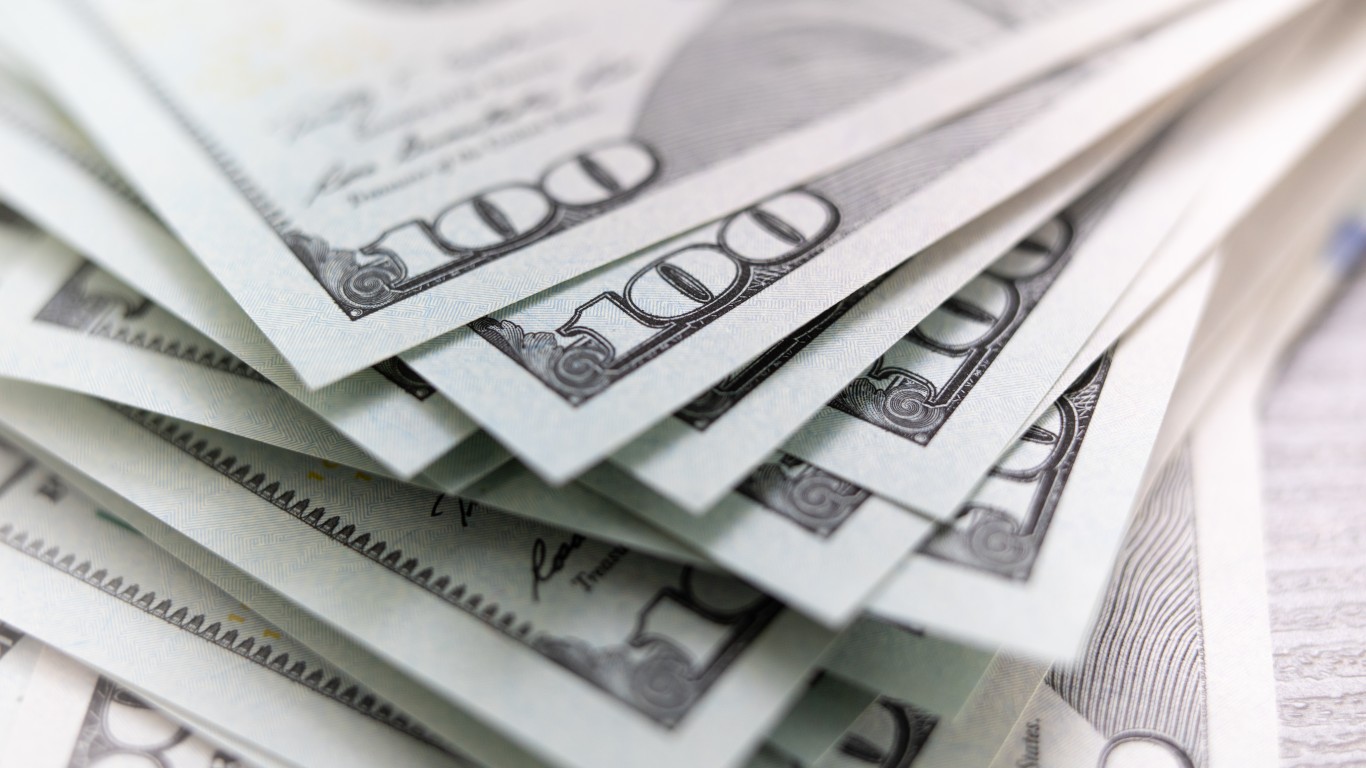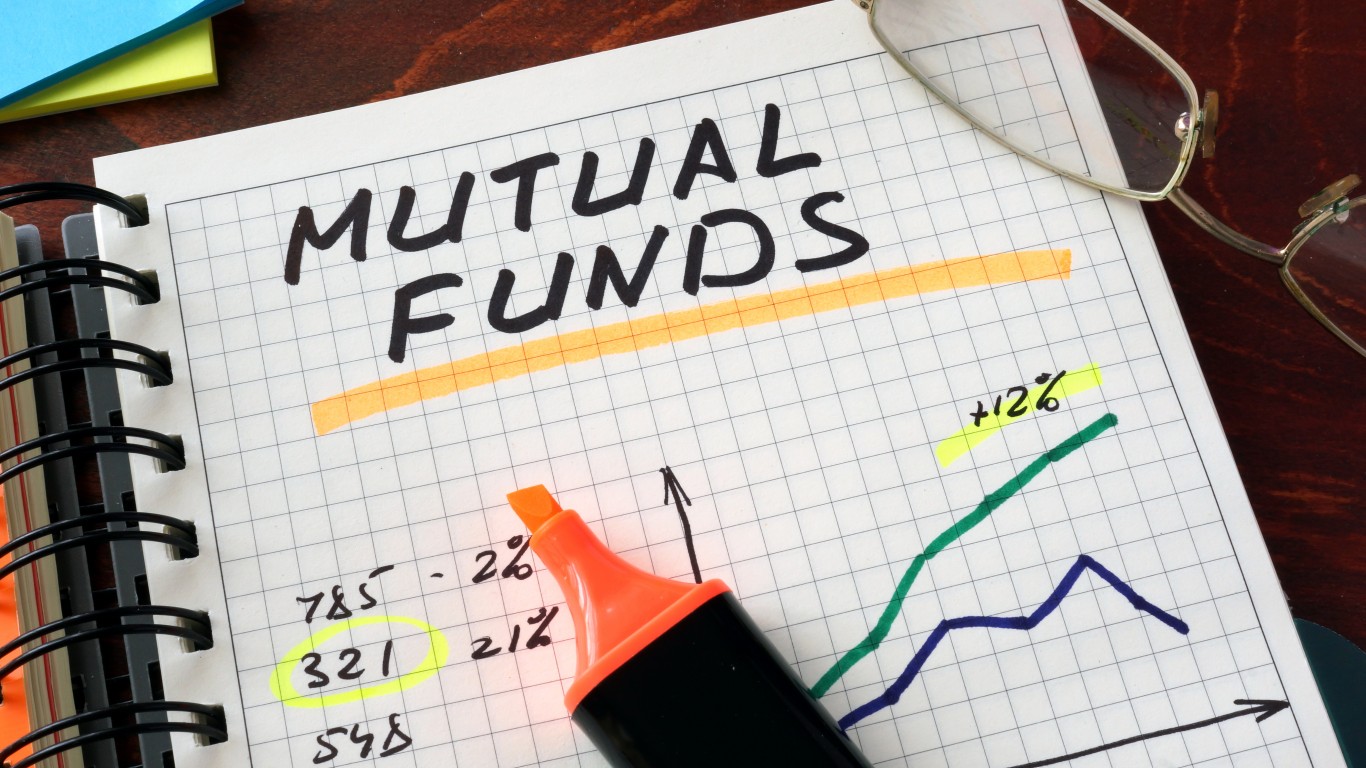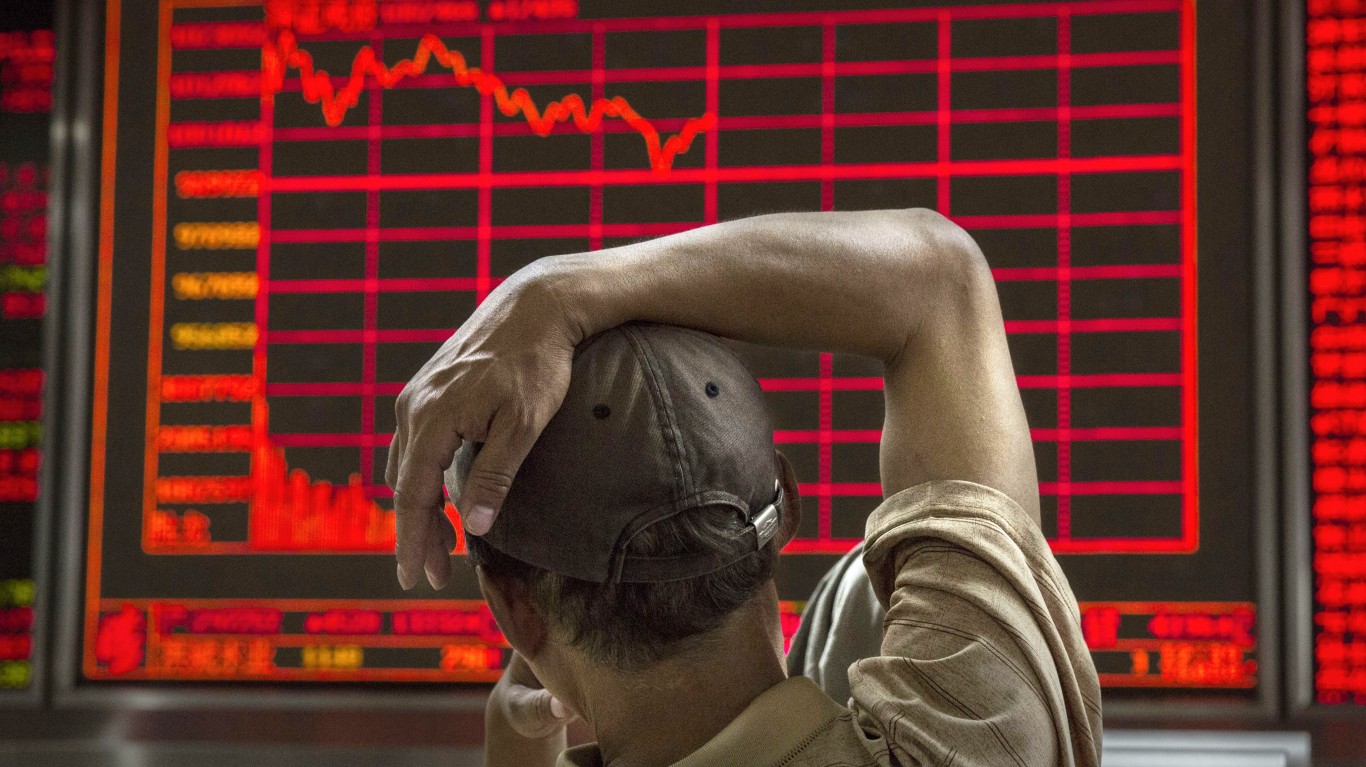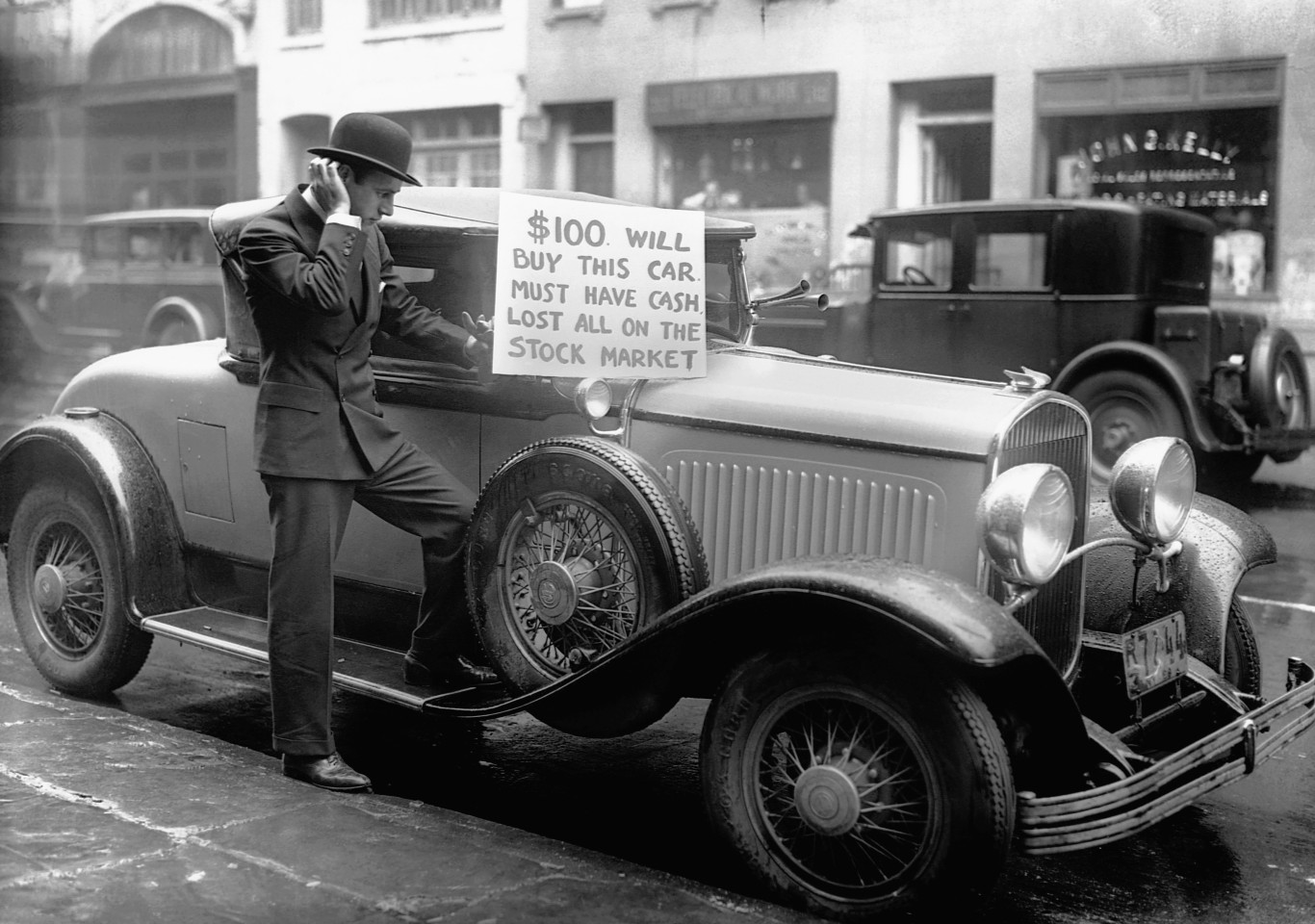Investing
As Bond Yields Surge Higher, Could the Stock Market Crash? What to Do Right Now

Published:
Last Updated:

The “buy the dip” financial news teleprompter readers and the 30-year-old portfolio managers who have never seen a market crash are pounding the table that stocks are going to the moon. Market veterans and “Hey Boomer” professionals have seen this show before. In 1987, the Dow Jones industrial average plunged a stunning 22% in one day. Today, an equivalent drop in the venerable index would be almost 9,380 points.
Bond yields are back to the highs last seen in October of 2023.
The strong December jobs report took the 10-year Treasury note yield to 4.75%.
With all of the major indices not far from all-time highs, some selling is not a surprise.
Is your portfolio safe if the stock market collapses? Now is the perfect time to meet with a financial advisor near you for a portfolio checkup. Click here to get started. (Sponsored)
From 2007 to 2009, during the height of the mortgage and real estate collapse, which brought us dangerously close to another depression, the market dropped a massive 57%. When stocks finally bottomed at an ominous intraday low of 666 on the S&P 500 on March 9, 2009, we placed the floor for the longest bull market in history, which ended in January 2022. Then, it roared right back up in the fall of 2022 on the back of the artificial intelligence frenzy.
So, where do we stand now? With all major indices trading near all-time highs, we could be on the precipice of a much more significant decline than we have seen in years. Interest rates that have already been cut a whole percentage point may only be cut twice this year. That is versus what the market expected four times less than a month ago. With the strong jobs report and sticky inflation, it’s becoming increasingly possible that there will be no interest rate cuts in 2025.
One thing is for sure. If inflation moves higher again, the wars in the Middle East and Ukraine continue, and our crushing national debt, approaching $36 trillion, continues to spiral out of control, the path of least resistance will be down. Investors should consider some crucial items now, as they may want to hope for the best and prepare for the worst.

Matching current losses against gains, even short-term ones, makes sense to help build a cash supply. The proverbial dry powder may come in handy down the road.

When times are good, using margin loans to buy more stock is a bad plan for individual investors. That is especially so when those margin positions are high-volatility momentum stocks. A market collapse could destroy a highly leveraged investment account.

As we have recommended for years at 24/7 Wall St., a gold position helps mitigate the downside in a correction or crash. Gold has traded up near all-time highs, and some across Wall Street feel that it could reach the $3,000 per ounce level by the summer.

Please ensure that all the dividend-paying stock and mutual funds in personal and retirement accounts are coded to reinvest all capital gains and dividends, if possible. This allows you to buy more shares when prices are hit hard. The first quarter is just beginning, and many stocks and funds pay dividends on a calendar quarterly basis.

Consider real estate if you have the good fortune to come into a windfall, like an inheritance or something similar. While mortgage rates have increased over the last two years, the 30-year fixed rate has risen as high as 7.25%. However, it has fallen back to 7.03% for a 30-year FHA mortgage. While still reasonable on a historical basis, that is the highest since 2008. Owning cash-generating passive income rental property makes sense now.

If you need stock ideas, look at highly conservative ideas, which are not affected as badly by even the worst-case scenarios. In other words, look at companies that provide goods and services that people need all the time, such as utilities, telecommunications companies, consumer staples, and real estate investment trusts.

Sell high-volatility stocks and look at the short end of the Treasury market. The two-year note, like all Treasury debt, is guaranteed by the full faith and credit of the United States and yields a solid 4.35%. One-year certificates of deposit yield as high as 4% to 5%, and money market savings accounts, FDIC insured up to $250,000, yield anywhere from 3.5% to 4% with daily liquidity.

The recent massive two-year bull market run has been a blessing and now may become a curse. Numerous drops and corrections have occurred over the years. The fourth quarter of 2018 was a good example. The S&P 500 declined 18% on an intraday trading basis over three months.

2022 was the worst year for the stock market since 2008. 2023 and 2024 were gigantic, with the S&P 500 up over 20% in both years, led by the Magnificent 7. In addition, the continued frenzy over artificial intelligence stocks has helped push the buying and indices ever higher. While stocks are mainly flat starting this year, trouble is likely brewing, especially in the tech-heavy Nasdaq. While not a subject investors like to consider, a steep drop is becoming increasingly possible.
Remember that even the most challenging human history and investing events have eventually been overcome. Whether healthcare-related, war-related, foreign geopolitical or domestic troubles, or other issues that have combined to cause market sell-offs, they ultimately end. It makes sense to take advantage of the recent massive increases in stock prices and shift to higher and safer ground.
Four High-Yield Stocks With 7% and Higher Dividends Are 2025 Home Runs
Are you ready for retirement? Planning for retirement can be overwhelming, that’s why it could be a good idea to speak to a fiduciary financial advisor about your goals today.
Start by taking this retirement quiz right here from SmartAsset that will match you with up to 3 financial advisors that serve your area and beyond in 5 minutes. Smart Asset is now matching over 50,000 people a month.
Click here now to get started.
Thank you for reading! Have some feedback for us?
Contact the 24/7 Wall St. editorial team.